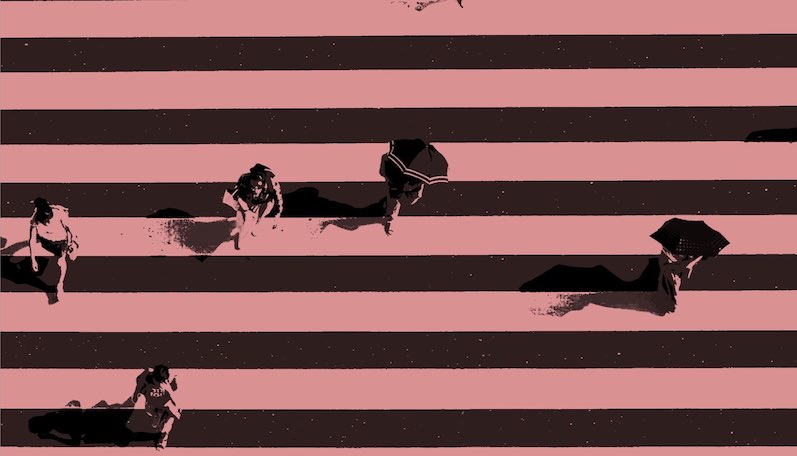What is it about?
This article suggests that the concept of the moral economy of the peasant, as defined by James C. Scott, in the context of Southeast Asia, provides a compelling theoretical framework through which one can examine Gopinath Mohanty’s novel Paraja (1945),an unparalleled achievement in Oriya literature that narrates the predicament of the tribal peasants of the Koraput region. It demonstrates how the encroachment of the colonial state on the invaluable resources of the tribal peasants in Mohanty’s novel results in an escalating disintegration of the moral economy which in turn precipitates resistance and a strong sense of moral outrage. However, instead of collective rebellion that Scott discusses about, in his groundbreaking work, in Mohanty’s novel, we find several instances of everyday forms of resistance, a concept that Scott formulates in his subsequent works. This not only helps us to understand and make sense of the motives and intentions of the tribal peasants in the novel but also underscores the abiding relevance and timeless appeal of Mohanty’s work, even in the post-Nehruvian nation-state, where the problems confronting the tribal peasants in the wake of globalisation are increasingly acute, virtually insurmountable and even more pronounced than ever before.
Featured Image
Read the Original
This page is a summary of: Disintegration of the Moral Economy in Gopinath Mohanty’s Paraja, History and Sociology of South Asia, April 2017, SAGE Publications,
DOI: 10.1177/2230807517696550.
You can read the full text:
Contributors
The following have contributed to this page







